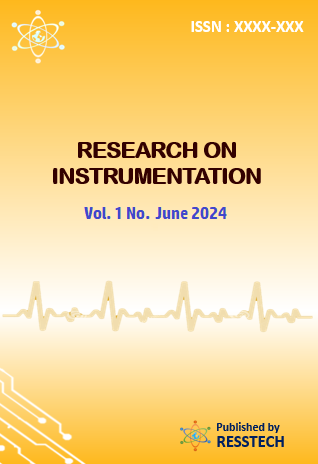A Low-Cost and Adjustable Frequency of Sonoreactor for Organic Wastewater Degradation
Keywords:
Sonoreactor, Sonolysis, Degradation, Ultrasonic TransducerAbstract
A low-cost and adjustable frequency of Arduino based sonoreactor for organic wastewater degradation is presented in this paper. The sonoractor is a device that uses ultrasonic concepts to degrade liquid organic waste. The key components of a sonoreactor, namely ultrasonic transducers and ultrasonic generators, use vibrations from ultrasonic waves to generate a cavitation impact. Cavitation is the formation of tiny bubbles that break down dangerous molecules in solution, resulting in the production of hydroxyl radicals H and radicals H2O2 is formed by converting OH radicals. The sonocatalyst process is carried out in a sonoreactor. Sonocatalyst is a kind of sonolysis that includes a catalyst. Ultrasonic irradiation, which occurs at frequencies between 20 until 100 kHz, is used in sonolysis. The use of a ZnO catalyst is intended to lower sonolysis efficiency and increase the development of OH radicals. Since the Sonoreactor uses a lot of electricity, it produces a lot of frequencies. Since frequency and power have a direct proportional relationship. The higher the power provided by the ultrasonic generator, the higher the output frequency generated by the transducer, resulting in increased energy production. As a result, the cavitation and hydroxyl radicals produced will become larger, resulting in much higher degradation.







